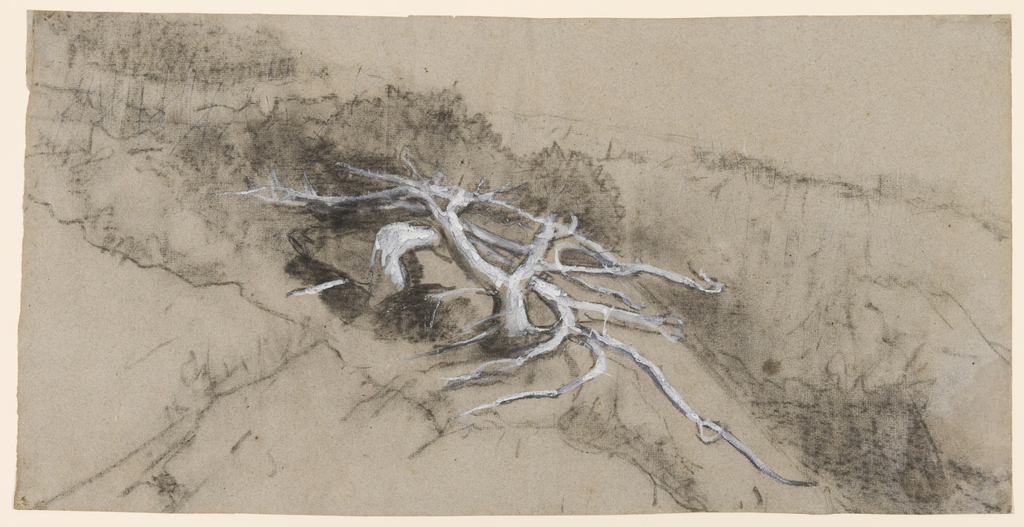In April 2005, while writing an essay on Winslow Homer and the American Landscape, I drove up with my husband to Prouts Neck, Maine where Homer had his studio on land that was owned by his family. Homer, along with his father and two brothers, had purchased property on Prouts Neck from 1882 through 1909, for the purpose of creating a family vacation compound and as an investment in one of the most scenic spots along the Atlantic Coast. An easement or “marginal way,” along the coast of the Neck, built into the deeds by the original developers, permitted homeowners and their families to have unimpeded access to the view of the cliffs and the seashore. Since I was writing about Homer’s drawings and paintings of Prouts Neck, I had to see the setting for myself.
At the time, Prouts Neck was a very private community which restricted access to tourists by providing no accessible parking area for cars or any other conveniences for day trippers. It was open to homeowners and their visitors, with the exception of one small seasonal hotel, that was in the process of being sold. We drove up with some trepidation, parked in a homeowner’s driveway, and got out of the car to face the biting wind and cold. We first walked to Homer’s studio, which colleagues from the Portland Museum of Art, who had control of the studio, opened for me. The small, unheated building had originally served as the family’s stable. We walked upstairs to the porch, facing the sea and immediately understood what a marvelous view the artist must have had, sitting in view of the sea while he painted.
After the studio tour, we walked against the wind on the easement, following the coast from the eastern to the western end. We stopped and gazed at spots that Homer had drawn and painted in the 1880s and 1890s. We even looked through a fence at the still-standing house that Homer had built for himself to move into which he never did. After we completed the easement, we walked on a road behind the seashore homes and returned to our car. We were freezing but it was well worth it to get a glimpse of the exact places where Homer had worked, at the craggy juniper-covered cliff (depicted in this drawing), and the rocky shore, and imagine Homer fishing and sailing of the coast of the Neck, and painting in the place that he loved.
Since I made that trip, the Portland Art Museum of Art has purchased the studio from Homer’s descendants and has reopened it, in September 2012, to the public.
